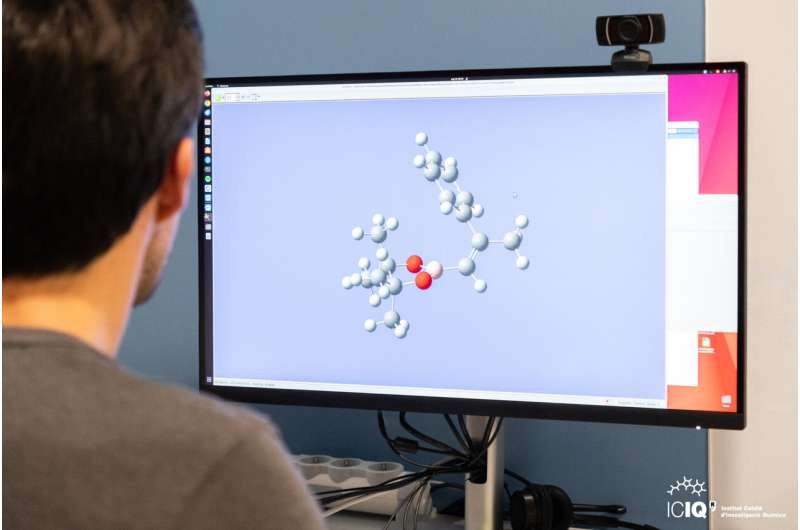To that end, researchers have developed an analytic method based upon the Marcus theory which until now has only been used for electron transfer to predict the energy transfer barriers in photocatalytic reactions. Such computational solution could accelerate the experimental work much more quickly and efficiently together with a deeper insight to the underlying processes.

Leveraging the Marcus Theory
Engineers, led by Dr. Albert Solé-Daura and Prof. Feliu Maseras have found that an approach used originally for modeling electron transfer — known as the Marcus theory — can provide accurate estimates of free-energy barriers underlying energy transfer (EnT) processes, revolutionary work that will help inform future technological developments in this area.
Marcus theory was initially conceived to give a basic comprehension about single electron transfer (SET) kinetics. Still, a systematic framework for modeling EnT processes based on this theory has been less well established so far.
The Marcus theory of Electron Transfer roughly works together with Density Functional Theory (DFT) calculations to predict EnT barriers height, as shown by the researchers. The computation-oriented nature of this approach provides a convenient and accessible alternative to wavefunction-based methods which can be computationally intensive, limiting their application in large-scale computational screens.
Asymmetric Advantage Exposed
The study also uncovers an excepted result, that the ‘asymmetric’ and not the popular ‘symmetric’ variant of the Marcus theory, yields correct barriers for the sensitization of alkenes by EnT.
The symmetric case is one in which a pair of parabolas (one for the reactants and one for the products) are of equal width whereas the asymmetric scenario had different widths. While the symmetric approach also provides reasonable results, they demonstrate that with an asymmetric scheme almost a barrier-free Est and En for these solutes can be predicted.
Taking an example from this, there are opportunities for the first time in high-throughput computational screens powered by discoveries like these to make experimental work faster and cheaper. It enables researchers to learn what structure-activity relationships controls those photocatalytic processes, and how to increase their efficiencies and productivity of the next-gen photocatalytic systems.
Conclusion
The triumph in the computational domain represents a milestone for the entire discipline of photocatalysis. Using this Marcus-based method to analyse TB energy transfer, researchers can predict ET barriers with significantly improved accuracy and efficiency, enabling such MSs on an industrial scale or mass-throughput as well as considerably shorten the time for new se experiments. The mechanistic detailed afforded by this study will certainly advance further development in the emerging field of energy transfer photocatalysis, towards new and hopefully more sustainable and efficient photocatalytic platforms.
